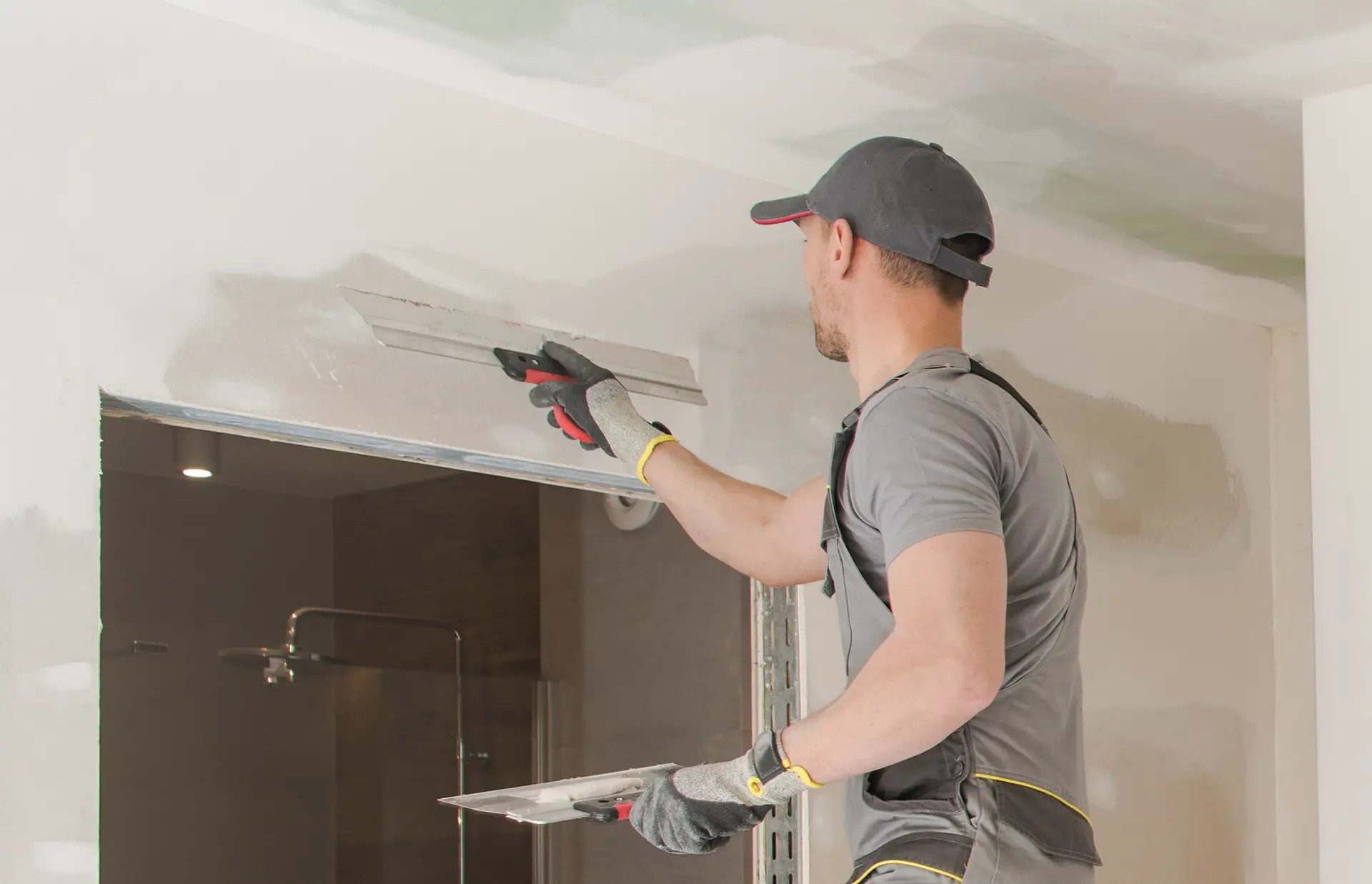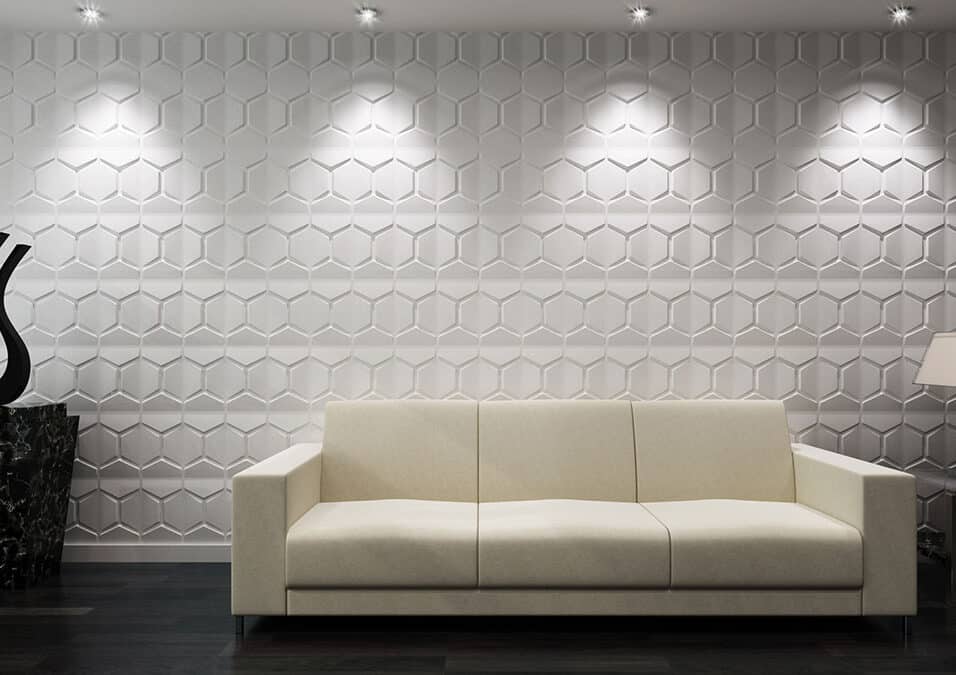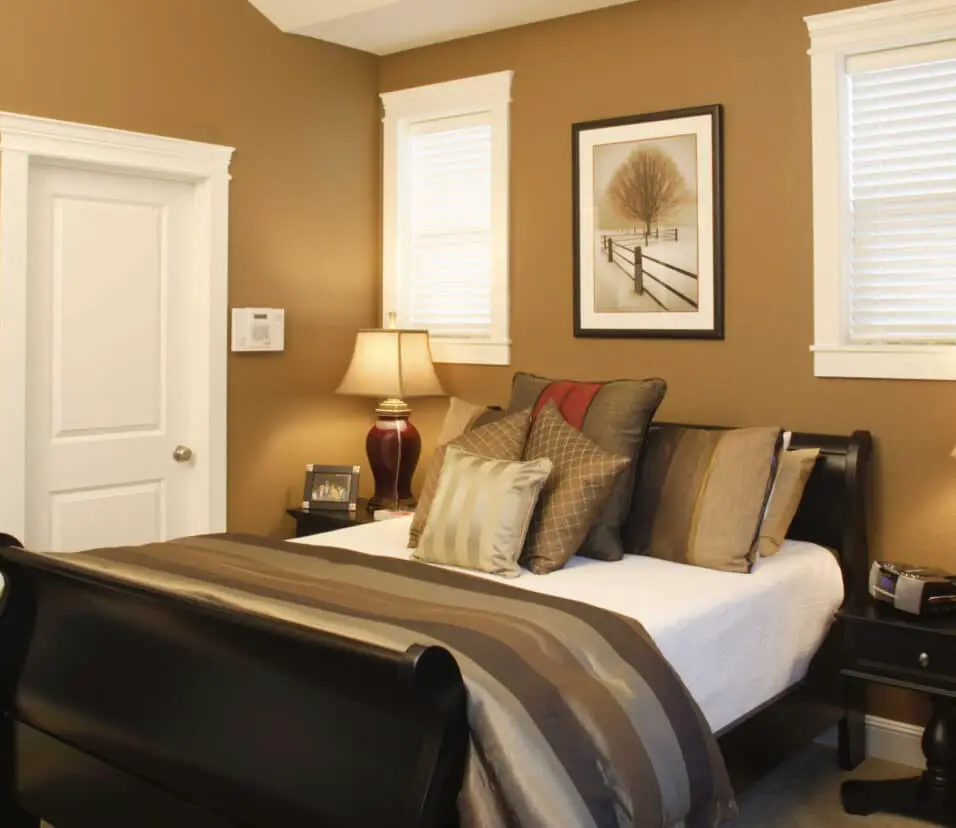How To Insulate Interior Walls Without Removing The Drywall
Introduction
How To Insulate Interior Walls Without Removing The Drywall: Insulating interior walls is an essential step in creating a comfortable and energy-efficient home. However, the thought of removing the drywall to install insulation can be daunting and time-consuming. Luckily, there are alternative methods that allow you to insulate your interior walls without the need for extensive demolition. In this article, we will explore some of these methods and provide you with a step-by-step guide on how to insulate your interior walls without removing the drywall
Another method for insulating interior walls without removing the drywall is by using foam board insulation. This method provides excellent insulation and can significantly reduce heat loss and energy consumption. However, it is important to note that foam board insulation may require additional finishing work, such as covering it with drywall or paneling, to achieve a polished look.
If you prefer a more eco-friendly option, you can consider using natural fiber insulation. Natural fiber insulation not only provides effective thermal insulation but also helps to reduce noise transmission between rooms. It is important to follow the manufacturer’s instructions when installing natural fiber insulation to ensure proper coverage and performance.
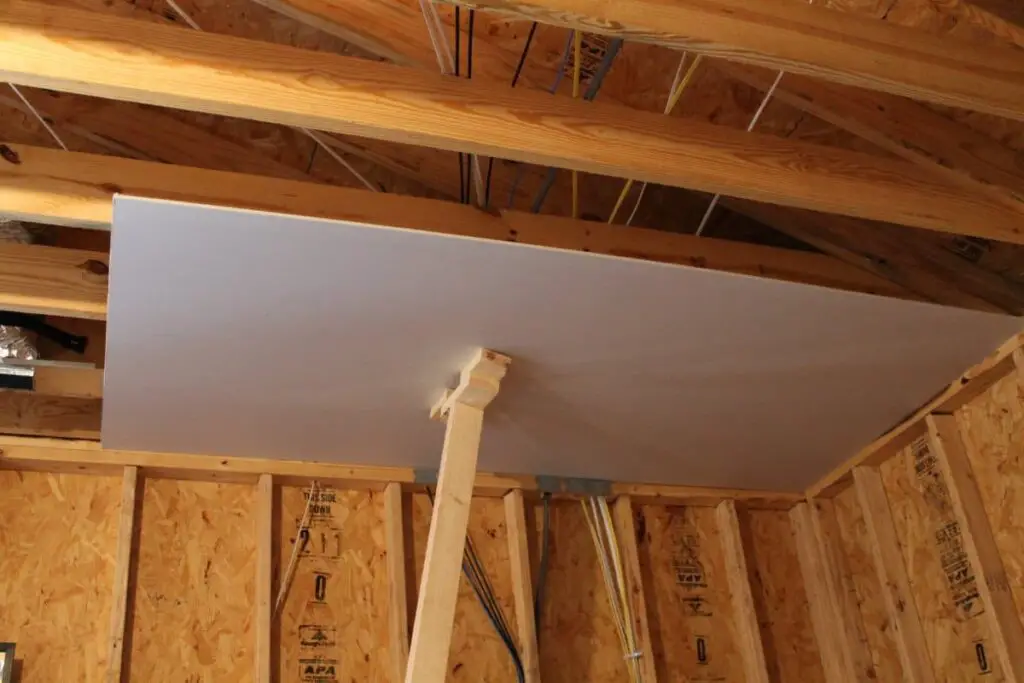
How do you insulate interior walls that are already drywalled?
With “drill-and-fill”, GNI installers drill holes into existing drywall, making sure to target cavities that are behind the drywall. In this article, we will explore some of the most common methods and discuss their pros and cons.
One option for insulating interior walls that are already drywalled is to use blown-in insulation. This method involves drilling small holes into the walls and then blowing insulation material into the cavities. The insulation material can be made of various materials, such as fiberglass or cellulose. Blown-in insulation is a popular choice because it is relatively easy to install and can provide good thermal insulation.
Another option is to use foam insulation.
Foam insulation can be sprayed or injected into the walls, filling up the cavities and creating a barrier against heat transfer. Foam insulation is known for its excellent thermal performance and can also help with soundproofing. However, it can be more expensive than other insulation methods and may require professional installation.
If you prefer a more DIY approach, you can also use rigid foam insulation panels. These panels can be cut to size and then attached to the interior walls using adhesive or mechanical fasteners. Rigid foam insulation panels are lightweight and easy to work with, making them a popular choice for homeowners who want to tackle the insulation project themselves.
Is it possible to insulate walls without removing drywall?
Spray foam insulation is a more modern and popular insulation type that you can add without needing to remove your drywall. This material is sprayed as a liquid which will expand when it makes contact with air.
Yes, it is possible to insulate walls without removing drywall. This can be a great option for homeowners who want to improve the energy efficiency of their homes without the hassle and expense of removing and replacing drywall. There are several methods available for insulating walls without removing drywall, including blown-in insulation, injection foam insulation, and insulated panels.
Blown-in insulation is a popular method for insulating walls without removing drywall. This involves drilling small holes in the walls and blowing insulation material into the wall cavities. The insulation material is typically made of cellulose or fiberglass and is blown in using a special machine. This method is effective at filling gaps and voids in the wall cavities, providing excellent thermal insulation.
Injection foam insulation is another option for insulating walls without removing drywall.
This method involves injecting foam insulation into the wall cavities through small holes. The foam expands to fill the cavities, creating a continuous layer of insulation. Injection foam insulation is particularly effective at reducing air leakage and improving energy efficiency.
Insulated panels are a more advanced option for insulating walls without removing drywall. The panels provide a high level of insulation and can also help to reduce noise transmission. Insulated panels are a great option for homeowners who want to maximize energy efficiency and improve indoor comfort.
It is possible to insulate walls without removing drywall. Whether you choose blown-in insulation, injection foam insulation, or insulated panels, these methods can help to improve the energy efficiency of your home and make it more comfortable. Consult with a professional insulation contractor to determine the best method for your specific needs and budget.
Can you insulate interior walls after drywall?
Drill and fill is a great choice if you need to insulate your walls without tearing down existing drywall. We hope this news brings you a huge sigh of relief! You don’t need to tear apart your existing walls to install new insulation. All you need is an expert who knows how to do drill and fill to do the job.
Yes, it is possible to insulate interior walls after drywall has been installed. Insulating interior walls can provide several benefits, such as improved energy efficiency, soundproofing, and increased comfort. Whether you are renovating an existing space or building a new home, adding insulation to interior walls can be a worthwhile investment.
There are several methods for insulating interior walls after drywall installation. One common approach is to use blown-in insulation. This involves drilling small holes into the walls and injecting loose insulation material, such as fiberglass or cellulose, into the wall cavities.
Another option for insulating interior walls is to use rigid foam insulation.
This type of insulation is typically installed by cutting the foam panels to fit between the wall studs and securing them in place with adhesive or fasteners. Rigid foam insulation provides excellent thermal resistance and can help reduce heat transfer through the walls. It is also resistant to moisture, making it a suitable choice for areas prone to high humidity.
Alternatively, if you are willing to remove the drywall, you can install batt insulation between the wall studs. Batt insulation is made of fiberglass or mineral wool and comes in pre-cut panels that fit snugly between the studs. This method provides a high level of insulation and can be particularly effective in reducing sound transmission between rooms. However, removing and replacing the drywall can be a more time-consuming and costly process.
Overall, insulating interior walls after drywall installation is a feasible option that can offer numerous benefits. Whether you choose blown-in insulation, rigid foam insulation, or batt insulation, it is important to consider factors such as the desired level of insulation, budget, and the specific needs of your space. Consulting with a professional insulation contractor can help you determine the best insulation method for your interior walls.
What is the best way to insulate a room without removing drywall?
Injection foam insulation is the answer to insulating walls without removing drywall. There are several types of injection foam available out there, including the RetroFoam product we use. These materials don’t require the drywall in your home to be taken down.
Insulating a room without removing drywall can be a challenging task, but it is not impossible. These methods can help improve the energy efficiency of the room and make it more comfortable to live in.
One of the best ways to insulate a room without removing drywall is by using spray foam insulation. This type of insulation is applied directly to the walls and expands to fill any gaps or cracks, creating a tight seal. Spray foam insulation is highly effective at preventing air leakage and can significantly improve the insulation value of the room.
Another option for insulating a room without removing drywall is to use blown-in insulation.
This type of insulation is made up of loose fibers or particles that are blown into the wall cavities using a special machine. Blown-in insulation can be installed through small holes drilled into the walls, making it a convenient option for insulating existing walls.
If you prefer a more DIY approach, you can also consider using insulation panels or batt insulation.
What is the easiest way to insulate interior walls?
Internal wall insulation is done by fitting rigid insulation boards to the wall, or by building a stud wall filled in with insulation material such as mineral wool fibre. Internal insulation: Is generally cheaper to install than external wall insulation.
Insulating interior walls is an important step in creating a comfortable and energy-efficient home. It helps to regulate the temperature inside the house, reduce noise transmission, and lower energy costs. While there are several methods to insulate interior walls, some are easier and more cost-effective than others.
One of the easiest ways to insulate interior walls is by using batt insulation. Batt insulation is effective in reducing heat transfer and can provide good soundproofing qualities.
Efficient and Eco-Friendly Interior Wall Insulation: Blown-In, Foam Board, and Natural Materials
Another simple method to insulate interior walls is by using blown-in insulation. The blown-in insulation fills the gaps and voids in the wall, providing excellent thermal and sound insulation.
For those looking for a quick and easy solution, foam board insulation is a great option. Foam board insulation has a high R-value, meaning it provides excellent thermal insulation. It also acts as a vapor barrier, preventing moisture from entering the walls.
If you prefer a more eco-friendly option, consider using natural insulation materials. These materials are non-toxic, renewable, and have good thermal and sound insulation properties. They can be installed in a similar way to batt insulation, making it a relatively easy and sustainable option.
Non-Invasive Insulation Methods for Interior Walls: Blown-In, Foam Board, and Spray Foam Options
When it comes to insulating interior walls without removing the drywall, there are a few methods that can be used. One option is to use blown-in insulation, which involves drilling small holes into the wall and then blowing insulation material into the wall cavity. This method is effective in filling the gaps and providing thermal insulation without the need for removing the drywall.
Another method is to use foam board insulation. This involves cutting the foam boards to fit the wall cavities and then attaching them to the interior walls. Foam board insulation provides excellent thermal resistance and can be a great option for insulating interior walls without removing the drywall.
Additionally, another method is to use spray foam insulation. This involves spraying a liquid foam insulation into the wall cavities, which then expands and hardens, providing a seamless and effective insulation layer.
Are there any specific materials or products that can be used to insulate interior walls without the need for drywall removal?
Yes, there are several materials and products available that can be used to insulate interior walls without having to remove the drywall. One popular option is blown-in insulation, which involves using a special machine to blow loose insulation material into the wall cavities. This method is effective in filling gaps and voids, providing excellent thermal insulation.
Another option is foam insulation, which can be injected into the wall cavities through small holes. Foam insulation expands to fill the space, creating a tight seal and providing superior insulation. This method is particularly useful for insulating irregularly shaped or hard-to-reach areas. They provide a continuous layer of insulation and can also help with soundproofing.
Can you provide step-by-step instructions on how to insulate interior walls without taking down the drywall?
Insulating interior walls without removing the drywall can be a cost-effective and time-saving solution.
Here is a step-by-step guide on how to insulate interior walls without taking down the drywall:
- Identify the areas that need insulation: Start by identifying the walls that need insulation. Look for areas that feel cold to the touch or where drafts are noticeable. These are the areas that will benefit the most from insulation.
- Choose the insulation material: There are several options for insulating interior walls without removing the drywall.
- Prepare the walls: Before installing the insulation, it is important to prepare the walls. Remove any obstructions such as electrical outlets or light switches. Clean the walls to ensure a smooth surface for the insulation.
- Install the insulation: If you are using blown-in insulation, start by drilling small holes into the wall at the top and bottom of each stud cavity. Use a blower machine to fill the cavities with insulation. If you are using foam board insulation, cut the boards to fit the wall and then attach them using adhesive or screws.
- Patch the holes: Use joint compound or spackle to fill the holes and then sand them smooth.
- Finish the walls: Once the holes are patched, you can finish the walls with paint or wallpaper to match the rest of the room.
Insulating interior walls without removing the drywall can be a DIY project, but it is important to follow proper safety precautions and consult with a professional if needed. By following these step-by-step instructions, you can improve the energy efficiency and comfort of your home without the need for drywall removal.” “
Are there any potential drawbacks or limitations to insulating interior walls without removing the drywall?
Insulating interior walls without removing the drywall can be a convenient and cost-effective solution for homeowners. However, there are some potential drawbacks and limitations to consider before choosing this method. This can result in lower energy efficiency and less effective soundproofing.
Another drawback is that insulating without removing the drywall can be more challenging and time-consuming. It requires finding and accessing the wall cavities through small openings, such as electrical outlets or small holes drilled into the wall. This can make the insulation process more labor-intensive and may require specialized equipment or techniques.
Are there any professional services or contractors that specialize in insulating interior walls without the need for drywall removal?
Yes, there are professional services and contractors that specialize in insulating interior walls without the need for drywall removal. These professionals have the expertise and experience to effectively insulate walls while minimizing disruption to the existing structure. They use specialized techniques and materials to achieve insulation without removing the drywall.
One method that these professionals may use is called blown-in insulation. This involves drilling small holes into the walls and injecting insulation material, such as cellulose or fiberglass, into the wall cavities. The insulation material is blown in using a machine, ensuring even distribution throughout the wall. This method is particularly effective for insulating existing walls without the need for extensive demolition or removal of drywall.
Another technique that professionals may employ is the use of foam insulation. This involves spraying a foam insulation material into the wall cavities, which expands and fills the space, providing excellent insulation properties. Foam insulation can be particularly beneficial for insulating hard-to-reach areas or irregularly shaped walls.
These professionals have the knowledge and tools to efficiently insulate walls, improving energy efficiency and comfort in the home.
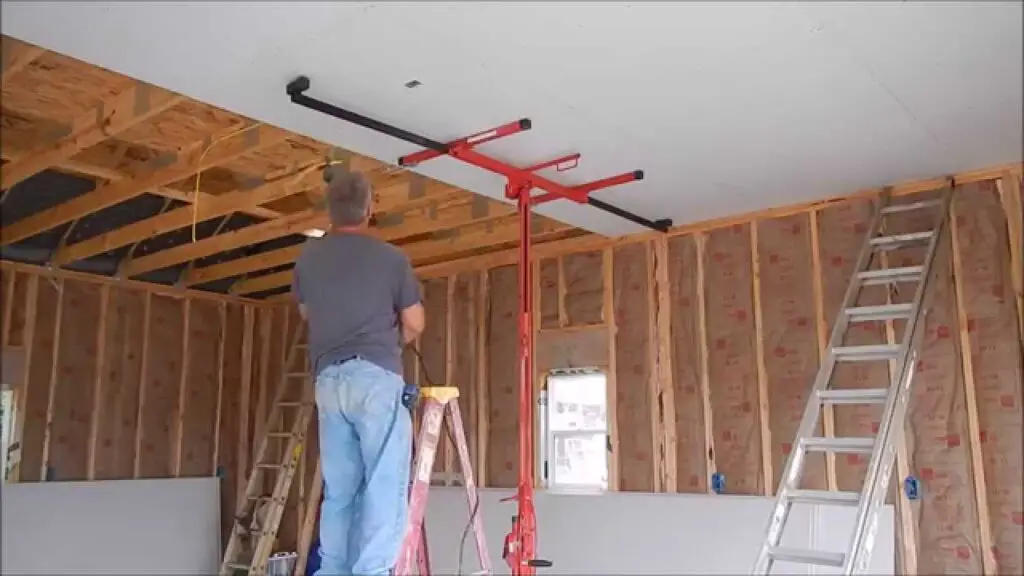
Conclusion
Insulating interior walls without removing the drywall is a practical and cost-effective solution for homeowners looking to improve energy efficiency and increase comfort in their homes. By following the steps outlined in this guide, individuals can successfully insulate their interior walls without the need for extensive renovations or the hassle of removing and reinstalling drywall.
One of the main advantages of this method is that it allows homeowners to retain the aesthetic appeal of their existing walls. By using injection foam insulation or blown-in insulation, individuals can fill the wall cavities with insulation material without disturbing the drywall. This means that there is no need to repaint or repair the walls after the insulation process, saving both time and money.
Furthermore, insulating interior closed walls without removing the drywall can significantly improve energy efficiency in the home. This can lead to lower energy bills and a more comfortable living environment throughout the year.
Overall, insulating interior walls without removing the drywall is a practical and efficient solution for homeowners. It allows for the improvement of energy efficiency and comfort without the need for extensive renovations or the disruption of removing and reinstalling drywall. By following the steps outlined in this guide, individuals can successfully insulate their interior walls and enjoy the benefits of a well-insulated home.



